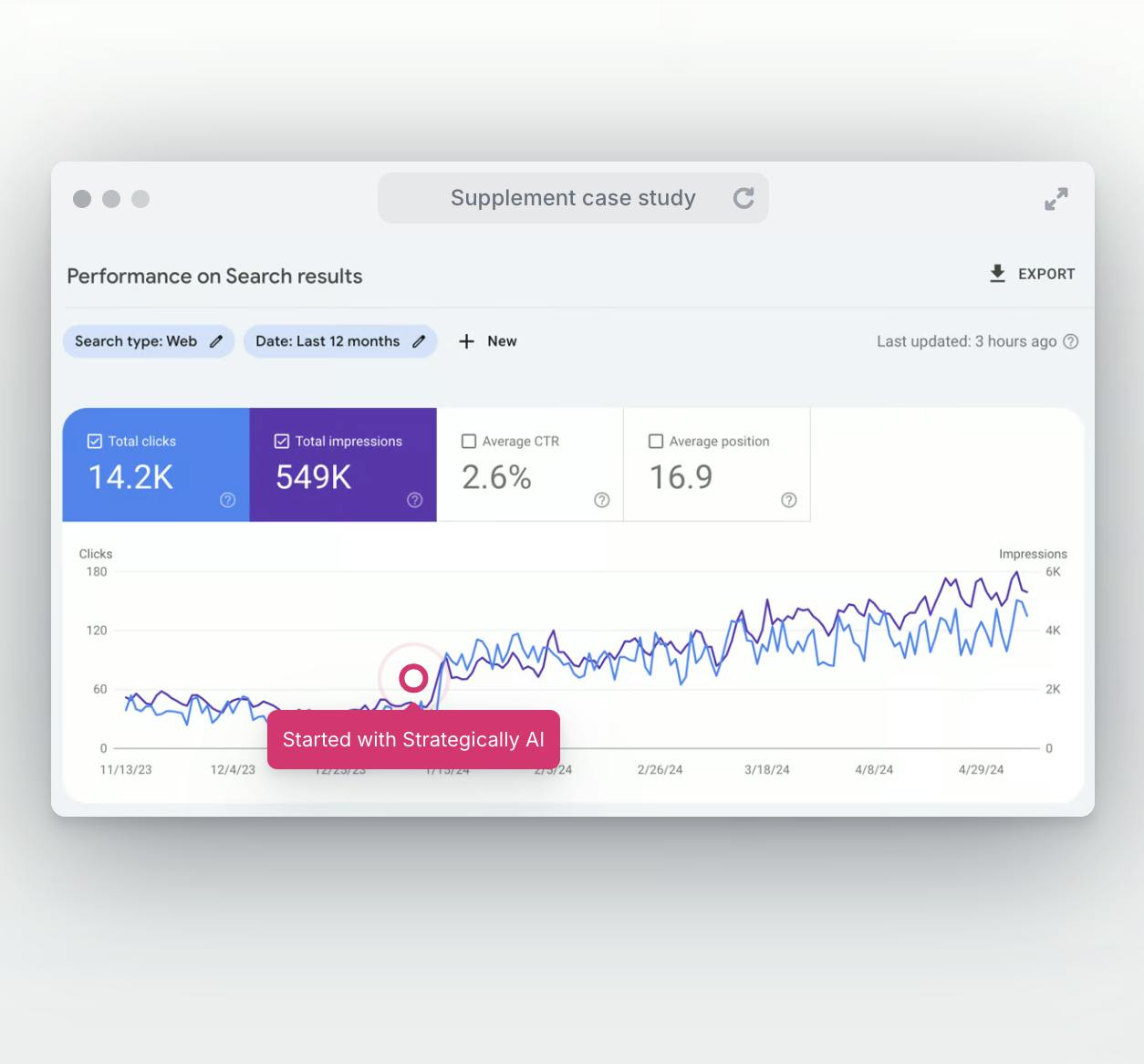In the dynamic world of communication, press releases stand as a cornerstone in disseminating news and information. They bridge the gap between organizations and the media, serving as a pivotal tool in public relations and marketing strategies. This article delves into the intricacies of crafting an effective press release, guiding you through its purpose, structure, and essential components.
Understanding the Purpose of a Press Release
What is a Press Release?
A press release is a formal, written communication that reports specific but brief information about an event, circumstance, or other happening. It's primarily used by businesses, organizations, or individuals to announce something significant to the press and, by extension, to the public. The essence of a press release lies in its structured format, clear content, and objective tone, designed to be easily picked up by journalists and media outlets.
Traditionally, press releases were aimed at news media outlets. However, in the digital age, their scope has expanded. They are now distributed through various online platforms, reaching a broader audience including bloggers, social media influencers, and even directly to consumers.
Key Objectives of a Press Release
The primary objective of a press release is to garner media attention and get journalists to write about the subject matter. This could be the launch of a new product, an upcoming event, a significant achievement, or a response to a situation or crisis affecting the organization. The ultimate goal is to generate positive publicity, enhancing the organization's public profile.
Here are some key objectives of a press release:
- Informing the Public: It serves as a direct channel for organizations to disseminate news and information to the public.
- Shaping Public Perception: By controlling the narrative, a press release can influence how the public perceives an event or issue related to the organization.
- Media Attention: A well-crafted press release can capture the interest of journalists and lead to further media coverage, amplifying the message.
- SEO Benefits: In the digital era, press releases posted online can improve a company's visibility on search engines, driving more traffic to their website.
- Crisis Management: In times of crisis, a press release is an effective tool for organizations to present their side of the story or to clarify misunderstandings.
Understanding these objectives is crucial in crafting a press release that not only delivers the intended message but also aligns with the broader strategic goals of the organization. In the next sections, we will explore the preparation and structure of a press release, ensuring that it effectively communicates your message and reaches your intended audience.
Preparing to Write Your Press Release
Before you start typing away, it's crucial to lay the groundwork. This preparation phase is where you define your strategy and gather the necessary elements to construct your press release.
Identifying Your Audience
The first step in this preparation is identifying your audience. Who are you trying to reach with your press release? Your target audience could be journalists in a specific industry, potential customers, investors, or the general public. Understanding your audience is key to determining the tone, language, and angle of your press release. For instance, a press release aimed at tech journalists might include more technical jargon than one intended for a general audience.
Gathering Essential Information
Once you know your audience, gather all the essential information that needs to be included in the press release. This includes:
- The 'who': Who is involved or affected?
- The 'what': What is the news or event?
- The 'when': When did or will it happen?
- The 'where': Where did or will it take place?
- The 'why': Why is this news important?
- The 'how': How did it happen or how will it be done?
Having this information at hand ensures that your press release is comprehensive and answers all the questions your audience might have.
The Structure of a Press Release
A well-structured press release makes it easy for journalists to find the information they need and increases the likelihood of your news being picked up.
Crafting a Compelling Headline
Your headline is the first, and sometimes only, impression you make on a reader. It should be compelling enough to grab attention and concise enough to convey the essence of your news. A good headline is clear, engaging, and free of jargon. It should entice the reader to continue reading.
The Lead Paragraph
The lead, or opening paragraph, is where you put the most critical information. It should answer the who, what, when, where, and why questions. This paragraph is crucial as it provides the reader with the key details of your news and sets the tone for the rest of the press release.
The Body of the Press Release
The body of the press release elaborates on the details introduced in the lead paragraph. Here, you can include additional quotes, background information, statistics, or other relevant details. Each paragraph should be concise and focused on a single idea. Remember, clarity is key, so avoid unnecessary jargon and keep your sentences straightforward.
The Boilerplate
A boilerplate is a short paragraph that provides information about your company or organization. This section typically includes your mission statement, a brief history, and any noteworthy achievements. It's a standard part of a press release, placed at the end, offering background information to journalists unfamiliar with your company.
Contact Information
Finally, don't forget to include contact information. This should include the name, phone number, and email address of the person or team handling media inquiries. This information is crucial for journalists who may want to follow up for more details or clarifications.
By following these guidelines in preparing and structuring your press release, you can significantly increase its effectiveness. In the next sections, we will explore writing tips, common mistakes to avoid, and strategies for distributing your press release.
Writing Tips for an Effective Press Release
Crafting a press release that stands out requires more than just following a standard format. The way you present your information can make a significant difference in capturing the attention of your audience and the media.
Clarity and Brevity
The essence of a good press release lies in its clarity and brevity. Your goal is to communicate your message as clearly and concisely as possible. Journalists are often pressed for time and appreciate press releases that get to the point quickly. Avoid long, complex sentences and paragraphs. Instead, opt for short, straightforward sentences that convey your message effectively. Ensure that each paragraph focuses on a single idea or piece of information, making your press release easier to digest and understand.
Maintaining a Formal Tone
While your press release should be engaging, it's important to maintain a formal tone. This isn't the place for slang, humor, or casual language. The formal tone conveys professionalism and credibility, which are crucial in establishing trust with your audience and the media. However, formal doesn't mean your writing should be dry or robotic. Strive for a tone that is professional yet approachable, ensuring your press release is taken seriously.
Using Quotes for Credibility
Including quotes in your press release can greatly enhance its credibility. Quotes provide a human element, offering a personal perspective or opinion on the news. When including quotes, choose those from key figures in your organization, such as the CEO, project lead, or a key stakeholder. Ensure that the quotes add value to your press release, offering insights or viewpoints that aren't already covered in the factual body of the text.
Common Mistakes to Avoid
Even with a well-structured press release, certain mistakes can diminish its effectiveness. Being aware of these common errors can help you steer clear of them.
Overuse of Jargon
While it's important to be accurate and specific, overusing industry jargon can make your press release difficult for a general audience to understand. Remember, not all journalists or readers are experts in your field. Use technical terms only when necessary and always aim to explain concepts or terminology that isn't widely known. The goal is to be accessible to as broad an audience as possible.
Lack of Relevant Information
A common mistake in press releases is omitting crucial information. Ensure that your press release answers all the basic questions: who, what, when, where, why, and how. Missing out on these key details can lead to a lack of interest from journalists, as they don't have a complete story to report.
Ignoring the Target Audience
Not considering your target audience can result in a press release that fails to resonate. Always keep your audience in mind when writing. What are their interests and needs? How does your news affect them? Tailoring your content to your audience ensures that your message is relevant and engaging.
By following these writing tips and avoiding common mistakes, you can significantly enhance the quality and effectiveness of your press release. In the next sections, we will explore strategies for distributing your press release and measuring its impact.
Distributing Your Press Release
Once your press release is crafted to perfection, the next critical step is distribution. This stage is all about getting your press release into the right hands at the right time.
Choosing the Right Channels
The channels through which you distribute your press release can significantly affect its reach and effectiveness. The traditional route involves sending it directly to journalists and editors via email. However, in today's digital age, there are numerous other channels to consider, including:
- Press Release Distribution Services: These services can distribute your press release to a wide network of news outlets, journalists, and websites. Some are free, while others charge a fee.
- Social Media: Platforms like Twitter, LinkedIn, and even Facebook can be effective for sharing press releases, especially if you're targeting a broader audience.
- Your Company Website: Posting your press release on your company's newsroom or blog can attract visitors directly to your site and can be easily linked to in your outreach emails.
- Industry-Specific Platforms: If your press release is targeted to a specific industry, consider using industry-specific forums or websites for distribution.
Timing Your Release
Timing is everything when it comes to press releases. You need to consider when your audience is most likely to be attentive. For most industries, sending out a press release early in the week can be more effective, as it avoids the weekend lull. Additionally, consider the time of day; sending out early in the morning can catch journalists as they start their day. Be mindful of time zones if you're targeting an audience in a different geographic area.
Measuring the Impact of Your Press Release
After distributing your press release, it's important to track its performance and measure its impact. This helps in understanding the effectiveness of your press release strategy.
Tools and Metrics for Evaluation
Several tools and metrics can help you gauge the success of your press release:
- Media Monitoring: Use media monitoring tools to track where your press release is published or mentioned across various media outlets.
- Website Traffic: Analyze your website analytics to see if there's an uptick in traffic following the release, especially on pages linked in the press release.
- Engagement Metrics: If you've shared your press release on social media, look at engagement metrics like shares, comments, and likes.
- Inquiry Volume: An increase in inquiries or contacts can be a direct result of your press release, indicating heightened interest in your organization or the news you shared.
- SEO Impact: For online press releases, monitor your search engine rankings and see if there's an improvement in terms of visibility for keywords associated with your news.
By carefully choosing your distribution channels, timing your release strategically, and measuring its impact through various tools and metrics, you can maximize the effectiveness of your press releases. This not only helps in achieving the immediate goals of your press release but also informs and improves your future PR strategies.
Conclusion
Writing and distributing a press release is a nuanced process that requires careful planning, clear and concise writing, strategic distribution, and diligent monitoring of its impact. From understanding the purpose of a press release to measuring its success post-distribution, each step plays a crucial role in ensuring your news reaches and resonates with your intended audience. Remember, a press release is more than just an announcement; it's a storytelling tool that, when used effectively, can significantly enhance your organization's visibility and credibility.
In today's fast-paced digital world, the art of the press release has evolved. It's not just about reaching journalists but also about optimizing for online platforms, engaging directly with your audience, and integrating your press release into a broader marketing and communication strategy. By following the guidelines and tips outlined in this article, you're well-equipped to create press releases that not only inform but also inspire action and drive results.
FAQs
- How often should a company issue press releases?
undefined - Can a small business benefit from press releases?
undefined - Are press releases still relevant in the age of social media?
undefined - How long should a press release be?
undefined - Should I include multimedia in my press release?
undefined








